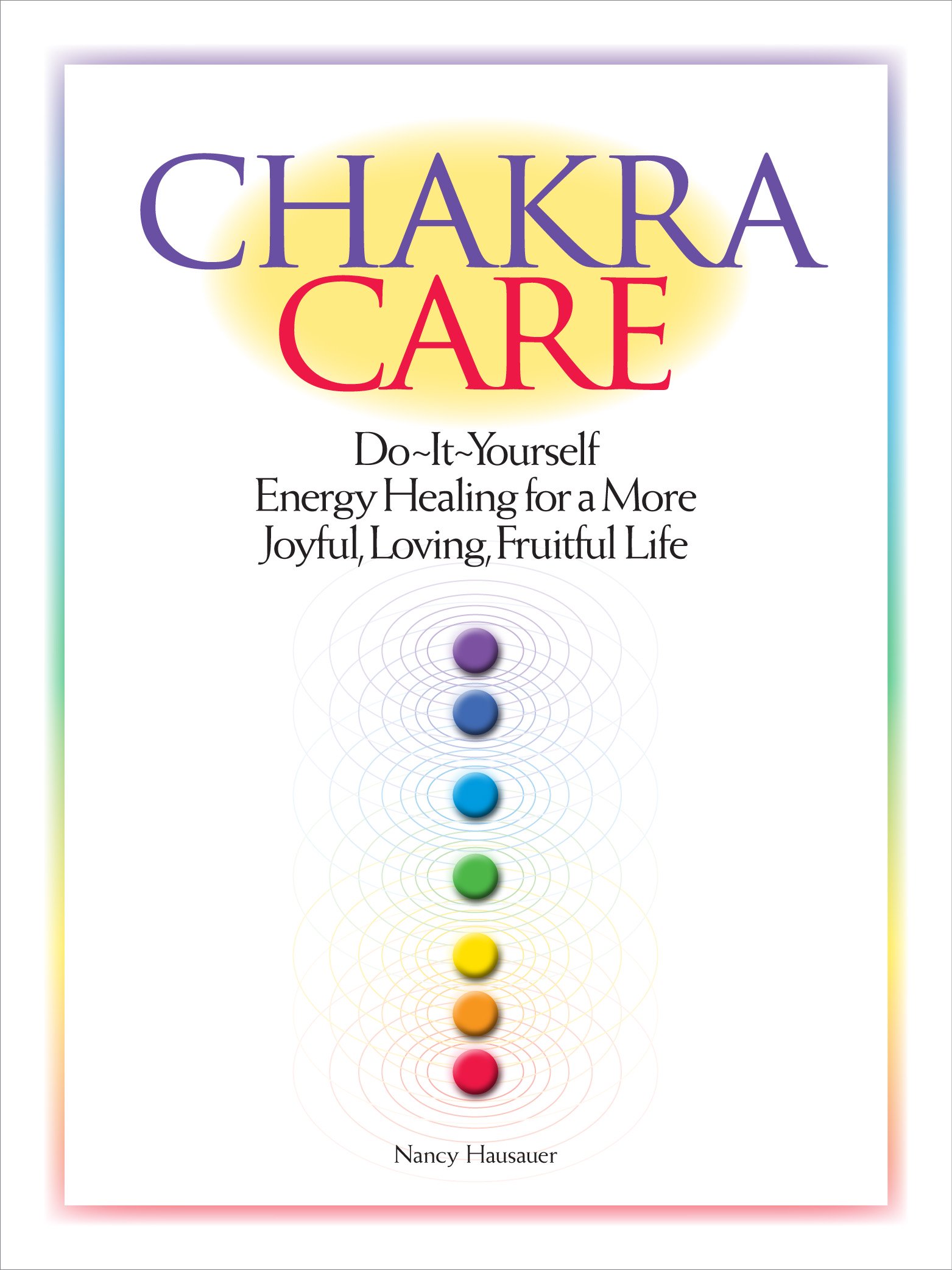Breathing Exercises To Calm Your Energy Field
Simple, Powerful Ways to Soothe Your
Subtle Energies And Manage Stress

Breathing exercises can have huge long-term benefits for your health -- physical, mental, emotional, and energetic. They also make you feel better right now by relieving the misery of anxiety and stress.
How to Breathe for Relaxation
Deep breathing (diaphragmatic breathing) works on a physiological level to help “turn off” your stress response (“fight or flight” mode) and activate your parasympathetic nervous system (“rest and digest” mode). This helps you relax -- with profound benefits for your health.This breathing exercise will allow you to turn off your stress response and relax deeply:
- Inhaling through your nose, breathe all the way into the lower third of your lungs. Your belly should expand when you inhale and return to normal when you exhale. (Place your hands flat on your belly and watch them rise and fall.)
Breathing like this is called diaphragmatic breathing, abdominal breathing or belly breathing. It tells the body’s stress mechanisms that the danger is over and it’s OK to relax. (It has a number of other wonderful health benefits, too!)
- Breathe evenly, in a smooth rhythm. This relaxes you and helps you feel grounded.
If it helps, you can count your breaths to help you keep the rhythm even. (As in "In 1-2-3-4-5, Out 1-2-3-4-5.)
- After you've got the rhythm smooth and even, slow down the exhale in comparison to the inhale, to super-charge the relaxation response. Aim to work up to exhaling about twice as long as you inhale. Long exhalations communicate with your nervous system, underscoring the message that it’s OK to relax.
Once again, if it helps, you can count to help you keep the proportion about right. (As in, "In 1-2-3-4-5-6, Out 1-2-3-4-5-6-7-8-9-10-11-12, or whatever is comfortable for you. Keeping it comfortable is crucial -- longer isn't better if it makes you uncomfortable. Do this for at least a couple of minutes.
Create Some Calm For Yourself: Dr. Weil's 4-7-8 Breathing Exercise
Here's another technique of patterned breathing that is a great stress reducer. Dr. Andrew Weil teaches this easy and effective breathing exercise.
- Place the tip of your tongue against the ridge behind and above your front teeth.
- Inhale deeply through your nose into the lower third of your lungs to a silent count of 4. (Tip: your belly should expand.)
- Then hold your breath for a count of 7.
- Exhale through the mouth to a count of 8. (Your belly should fall.)
- Repeat for 4 or more breath cycles.
- Do this at least twice daily. You'll really feel more tranquil, and it will boost your immune system, too.
Caution
Because breathing exercises can make you light-headed, do not do them while driving or operating heavy machinery (or standing on the edge of a cliff).
Why Belly Breathing Works To Calm Your Physical Body
Dr. Mark Hyman explains the physical reason why belly breathing works to quell stress and anxiety and help us relax:"Most of us hold our breath often or breathe shallow, anxious breaths. Deep, slow, full breaths have a profound affect on resetting the stress response, because the relaxation nerve (or vagus nerve) goes through your diaphragm and is activated with every deep breath."
How Breathing Exercises Benefit Your Subtle Energies
The energy field of a person when relaxed feels very different from when they are tense and anxious.Breathwork, by helping us to relax, helps our subtle energies to shift more easily to a state of healthy balance and flow.
Another reason belly breathing works on an energetic level is that it balances and soothes the 3rd chakra, which is located just below the diaphragm.
It also helps us ground to our own bodies, connect the upper and lower chakras, and unify the subtle and physical aspects of our being.
How Breathing Exercises Benefit Your Physical Body
Breathing optimally has many benefits. One of the most profound is relaxation. Relaxation and stress are governed largely by your nervous and endocrine systems. Your body’s autonomic nervous system is made up of two related systems: the parasympathetic nervous system and the sympathetic nervous system.
"Rest and Digest" Mode
The parasympathetic nervous system is related to relaxation, creativity, awareness, and normal body processes such as digestion (which is why it’s sometimes called the “rest and digest” mode). When your parasympathetic nervous system is activated, your body is able to carry out the functions it needs to maintain and restore itself. Thus activation of the parasympathetic nervous system is very good for your health.
"Fight or Flight" Mode
The sympathetic nervous system, in contrast, is activated when we are in danger or under stress. Our sympathetic nervous system puts us into “fight or flight” mode, gearing up our minds, bodies and emotions for dealing with a real or imaginary enemy. As our body is readied to respond to a challenge, our heart pounds, blood pressure goes up, breathing gets shallow, the adrenal glands pump out stress hormones, immune function is suppressed, and any body function that is not absolutely necessary for fighting or running away is suppressed.
Effects of Long-Term Stress
While this fight or flight mode is necessary for our survival when we are in dangerous circumstances or need to react to something quickly, it has major health consequences if we get stuck in it—and many of us do.Prolonged stress can make you vulnerable to illness. It also accelerates aging. Over time the stress response can contribute to high blood pressure, heart disease, ulcers, autoimmune diseases, cancer, anxiety, insomnia and depression.
Fortunately, as we have seen, you can use breathing for relaxation techniques to relax and relieve stress any time, anywhere. And there are other simple methods for relaxation as well.
- If you’d like to learn how to meditate to relax, click here.
- Learn how to do Progressive Muscle Relaxation here.
- Learn how to use breath as a powerful tool for energy healing.
Return from Breathing Exercises to Relaxation Techniques main page.

Interested in learning more about energy, energy healing, and the chakras? Try my book, Chakra Care: Do-It-Yourself Energy Healing for a More Joyful, Loving, Fruitful Life. You'll learn
to clear, nurture and support your chakras with 500 fun, down-to-earth
activities. A user-friendly, practical guide, available as a paperback
or Kindle. Learn more or buy it here.